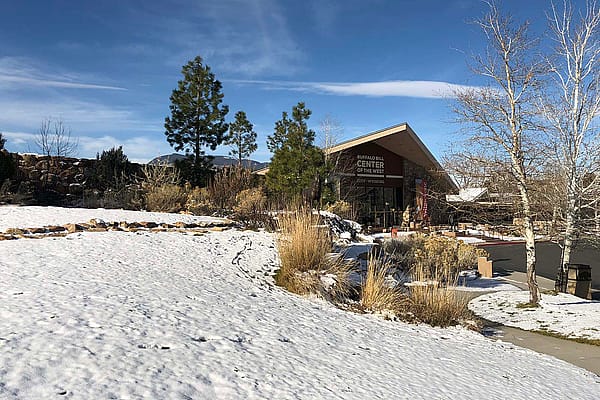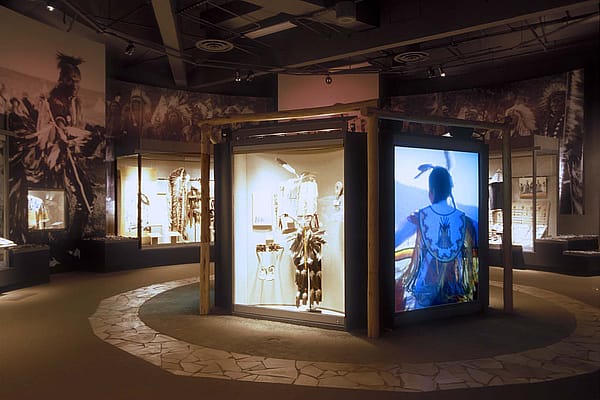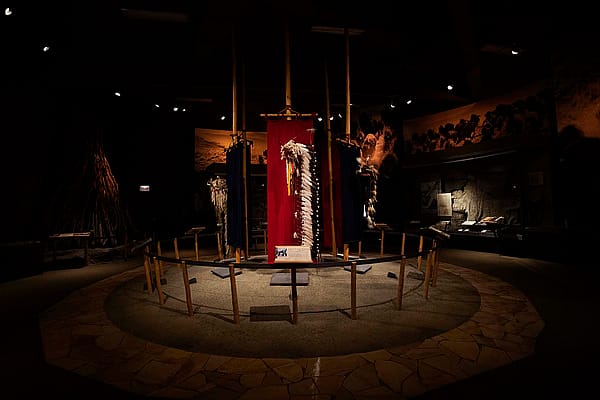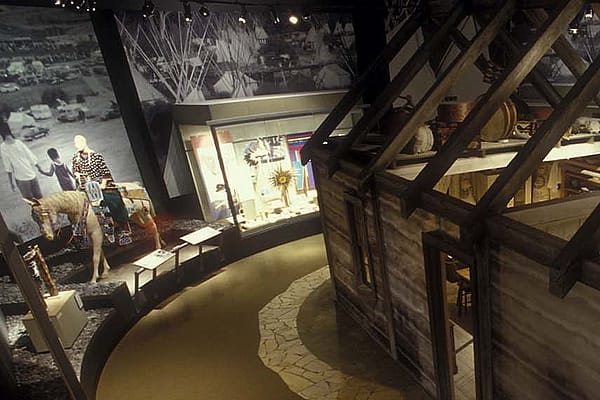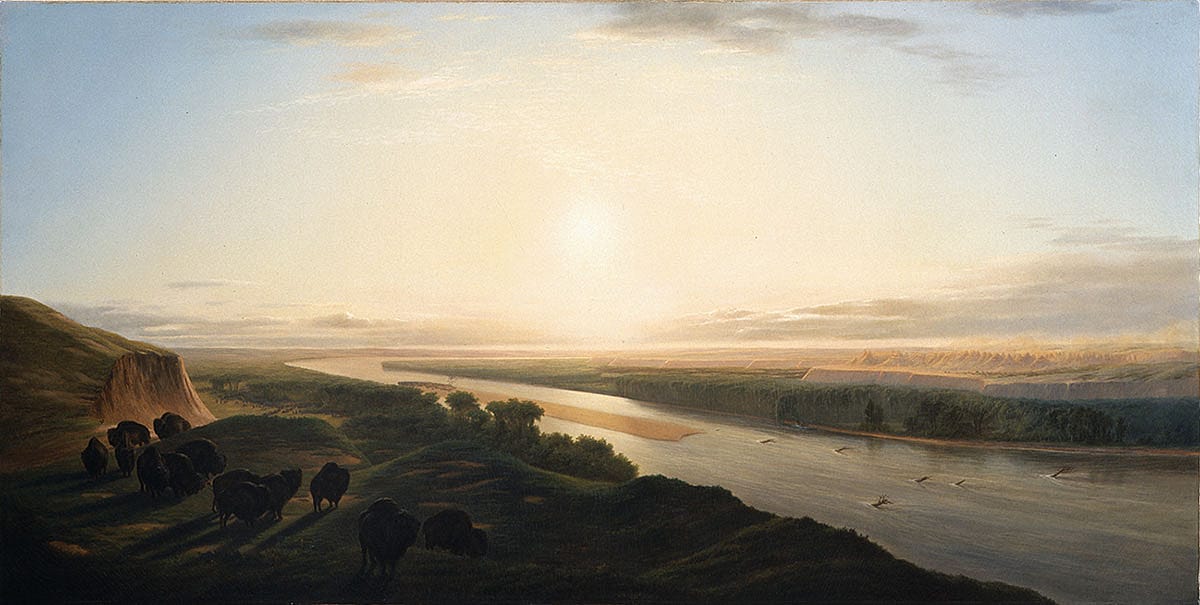
Bierstadt: Forerunners to Bierstadt
Bierstadt’s painting The Last of the Buffalo served as a final, desperate call to save a species from near-certain annihilation. But he was not the first—nor the last—to use an artist’s tools in support of environmental conservation. Throughout the 19th century and beyond artists shaped perceptions of the American bison and voiced early concerns about preservation of the species.
Starting in the 1820s and continuing through the next several decades, artists made the western bison a familiar sight for Americans in the eastern United States. Paintings and prints of vast bison herds on lush grasslands suggested that the American West contained endless natural resources. This was a dangerous misconception that would lead to heedless overuse of land and wildlife.
But even when bison still numbered in the millions, artists recognized the growing threat from reckless hunting for hides, tongues, and bloodthirsty amusement. Painter George Catlin decried wasteful killing of the bison, and feared extinction would follow. William Jacob Hays, a colleague of Bierstadt’s, was moved to create a trio of paintings in the 1860s that foreshadowed the coming slaughter. Years later, these artistic forebears inspired Bierstadt to amplify the call to action to preserve the last remaining American bison.
Written By
Nancy McClure
Nancy now does Grants & Foundations Relations for the Center of the West's Development Department, but was formerly the Content Producer for the Center's Public Relations Department, where her work included writing and updating website content, publicizing events, copy editing, working with images, and producing the e-newsletter Western Wire. Her current job is seeking and applying for funding from government grants and private foundations. In her spare time, Nancy enjoys photography, reading, flower gardening, and playing the flute.
